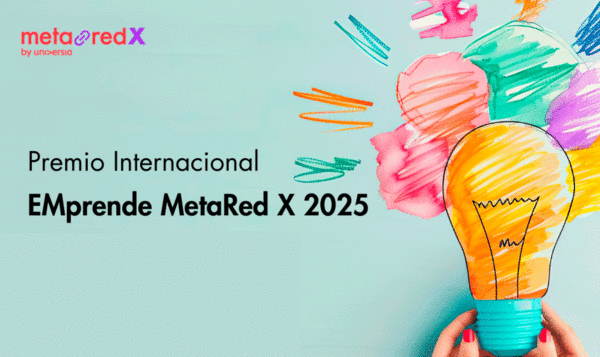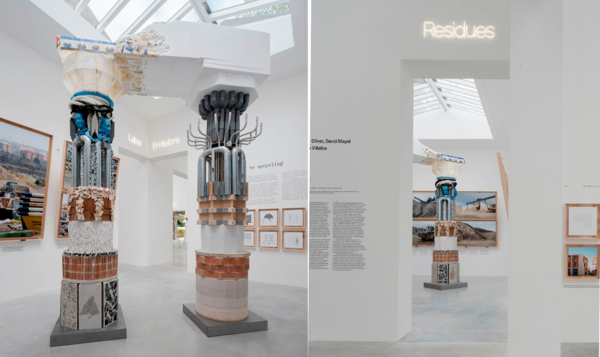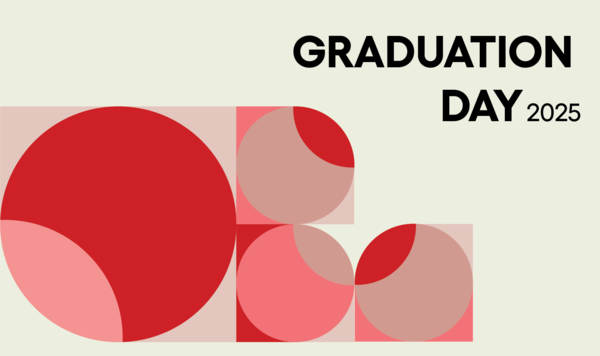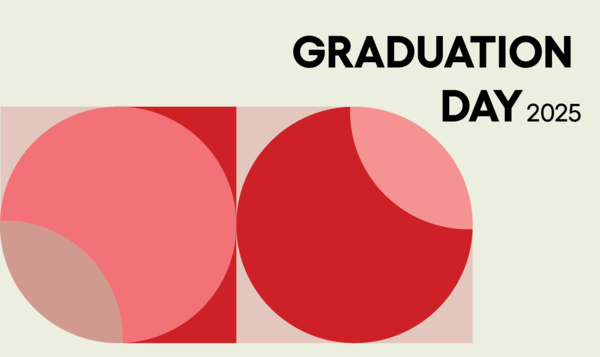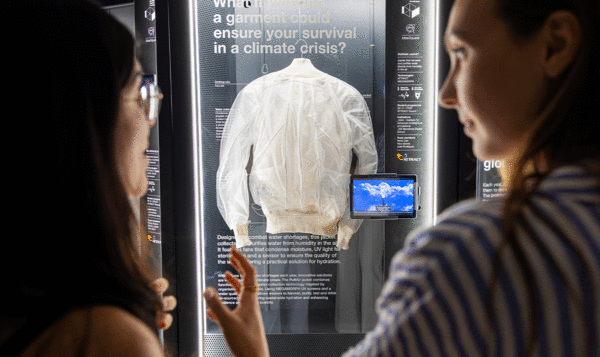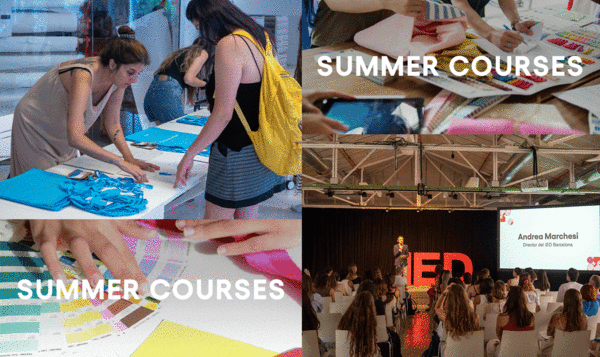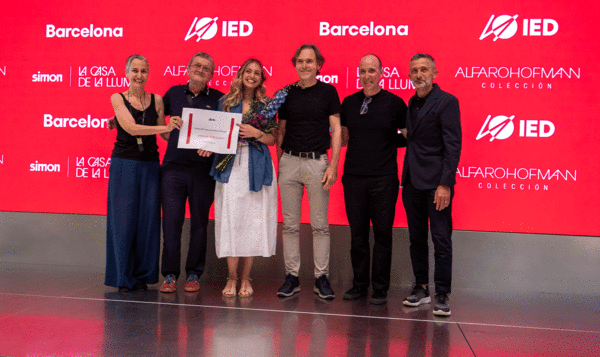The world of product and interior design is undergoing a significant revolution triggered by the adoption of real-time rendering. An advanced technology that allows digital scenarios to be visualised immediately and realistically.
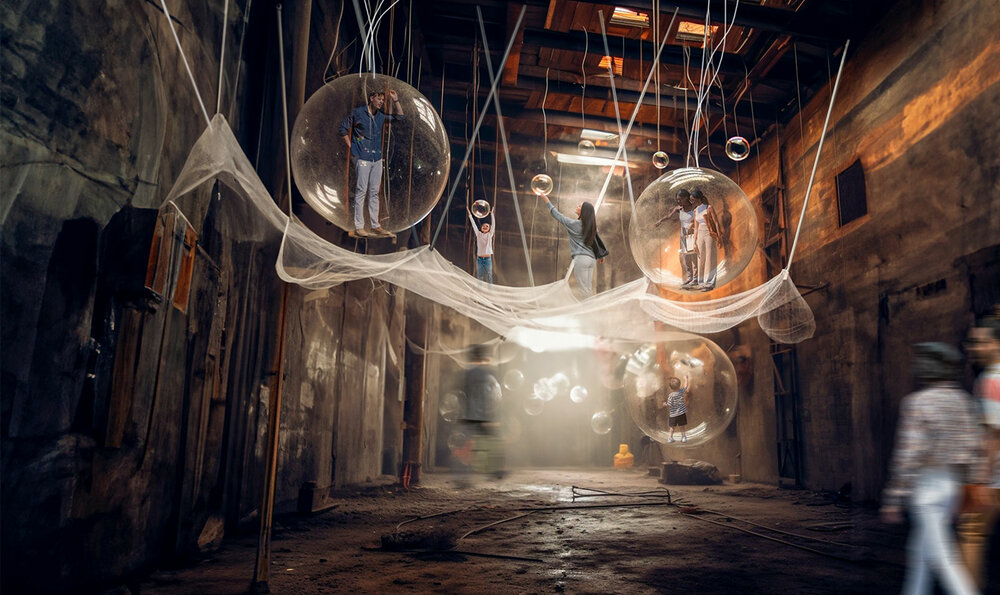
Real-time Rendering and the revolution in product and interior design
Date
01 April 2024
This methodology, as well as changing the way designers and architects conceive and present their projects, is paving the way for innovations in the virtual and augmented reality that will increasingly influence design phases and visual communication.
What is real-time rendering and why is it important for design?
Real-time rendering is a revolutionary technology that uses specialised software to generate realistic three-dimensional images and create immersive experiences. This technological innovation will substantially transform the design industry, allowing professionals to visualise and edit their creations in real time.
This ability to adapt immediately is particularly beneficial during the design phase, where regular assessments and modifications would normally take a long time. Using real-time rendering, designers can instead experiment with different configurations, materials, and lighting schemes, reducing overall production costs and time, but also significantly improving the visual quality of final presentations.
As a result, real-time rendering is emerging as a powerful facilitator of innovation and creativity in product and interior design, allowing professionals to explore previously unthinkable possibilities and implement them in ways that are increasingly more effective and visually striking.
What are the advantages of real-time rendering for product design?
In product design, real-time rendering radically improves the creative process by creating highly detailed digital prototypes that can be visualised and edited at any time.
One of the main advantages of using this technology is its ability to support extensive customisation of products according to specific customer needs and preferences. This customisation can range from choosing colours and textures to modifying structural elements, allowing customers to visualise exactly how the finished product will look in various contexts.
Moreover, real-time rendering simplifies the integration of virtual reality (VR) and augmented reality (AR) technologies, making the design review process not only more dynamic and interactive, but also highly immersive. Customers can virtually immerse themselves in the designated environment, exploring the product from different angles.
Finally, adopting real-time rendering improves collaboration between the different parties involved in the design process, facilitating communication between team members. This helps create a collaborative environment that optimises communication in the design stages and improves the quality and efficiency of the finished product.
What are the advantages of real-time rendering for interior design?
Real-time rendering is also an invaluable resource for interior design. It allows designers to visualise designed spaces in full scale and to quickly modify and adapt furnishing elements to explore different aesthetic and functional solutions.
The lighting and materials, for example, are adaptable to various natural and artificial contexts, thereby providing a faithful representation of how the design elements will interact in different situations.
These advanced techniques also allow for immediate visualisation, which is essential when making informed design decisions and in the collaboration between designer and client, who can “live” the space through immersive virtual reality experiences, gaining a deeper and more intuitive understanding of the proposed project. This level of interaction can significantly increase the satisfaction of the customer who can physically experience the feeling of being inside the designed space, approving or requesting changes before the execution begins.
Virtual tours and interactive walkthroughs also aid real estate marketing. Agencies and designers can offer experiences that capture the customer's interest through a detailed view of the space, thereby enhancing promotion and sales.
What are the tools and skills needed for real-time rendering?
In order to functionally transform visual design, real-time rendering requires a sophisticated set of tools and skills that span both technical and creative aspects. Advanced hardware and specialised software are essential to deliver high-quality real-time renderings:
- Hardware: this is what forms the backbone of real-time rendering, consisting of the latest generation of graphics cards that allow processes to be sped up considerably. Powerful GPUs, such as that offered by NVIDIA or AMD, are crucial for handling complex lighting and texture calculations.
- 3D modelling software: programs such as Blender, Autodesk 3ds Max and Maya are the basis for creating detailed 3D models. They offer a wide range of functional sets to support modelling and animation, which are essential for design.
- Rendering engines: The Unreal Engine and Unity are among the most widely used rendering engines in this context as they allow working with scripts, animations and user interactions expanding creative and technical possibilities.
The skills required for real-time rendering include an in-depth knowledge of these tools, as well as strong visual creativity and storytelling, which enable designers to build immersive and engaging experiences.
Furthermore, collaboration and communication skills are essential for working effectively within multidisciplinary teams, ensuring that creative ideas are shared and carried out efficiently.
How to train and update on real-time rendering
The real-time rendering methodology is rapidly becoming an industry standard because it not only improves the quality and effectiveness of presentations, but also optimises the project workflow, reducing the time and costs associated with the design and review phases.
In the design courses offered by IED, in interior and product design, real-time rendering and related technologies are a key element of training, and are considered essential to prepare designers to immerse themselves competently in the field.
In addition, the training offered includes participation in online courses, tutorials, webinars, conferences and specific workshops, which are essential for keeping up-to-date and prepared.
Image credits: Memento Project, by Nicolas Alfonso Garcia, Interior Design, IED Madrid

